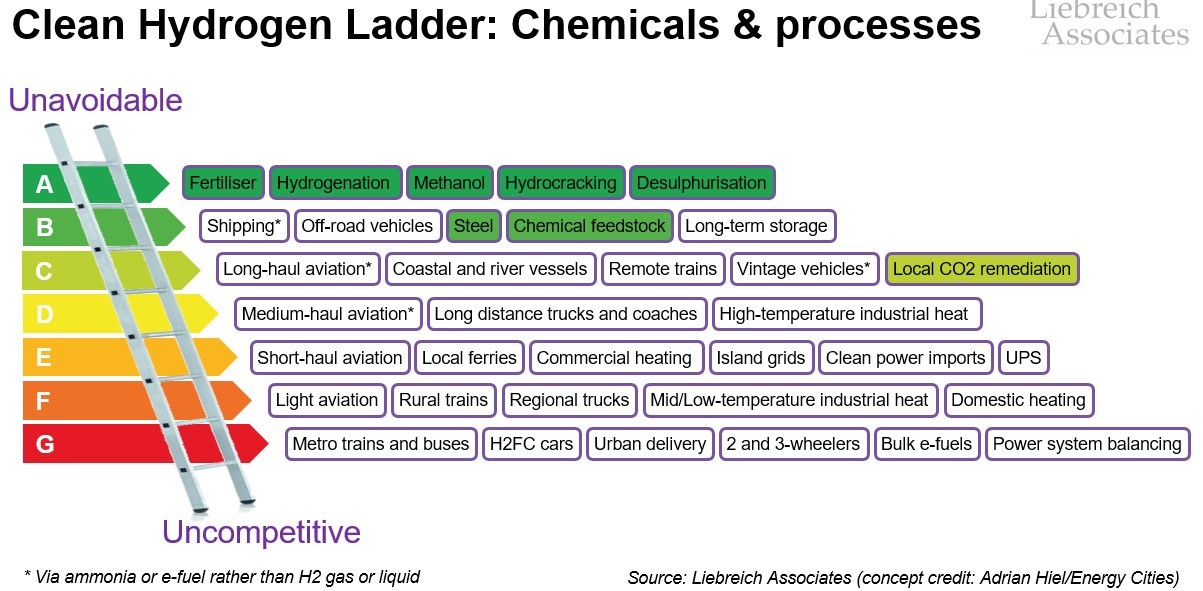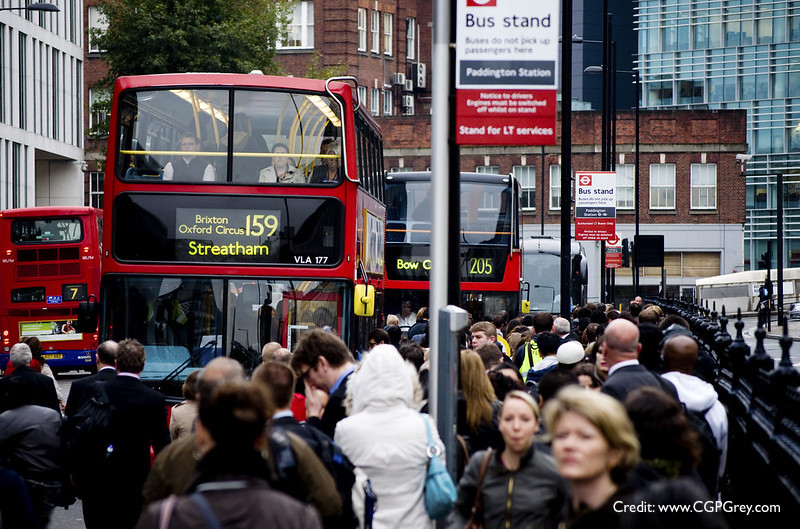Reaction: Hinkley go-ahead has killed our industrial strategy
Written for Reaction, click here to read the online article
If you doubt that the Government’s decision to green-light Hinkley C is bad for the country, type “Hinkley decision praised” into Google. The only voices of support are from the French Government, the project’s main owner EDF, various former advisors to George Osborne, and Malcolm Pyne – a Somerset butcher who has featured heavily in the project’s PR. Conversely, type “Hinkley decision criticised”, and you’ll find every energy and economics expert in the land lining up to put the boot in.
Let me count the ways in which Hinkley is a bad deal. First there is the eye-watering cost. The Government is committing UK energy consumers to buy Hinkley’s output at a cost of £92.50 per megawatt hour – around double the current wholesale power price – guaranteed for 35 years and adjusted for inflation. That might not matter so much if Hinkley were a small project, but we are talking about 3.2 GW: around 7% of the country’s entire power demand. The numbers are colossal.
Hinkley is generally described as an £18 billion project, but that’s just the cost to build it. Throw in finance costs and it’s £24 billion. But even that is not the right number as far as UK plc is concerned: what we’ll spend on Hinkley’s output over the 35-year guaranteed price period, in present value terms, will be in the region of £90 billion. Of this, the National Audit Office estimates around £30 billion will be subsidy; shortly before its abolition by Theresa May, DECC estimated the subsidy at up to £37 billion.
To convert these figures into units familiar to the UK public, when it starts operating Hinkley will cost us each year a seventh of the mythical £350 million pounds per week the EU has allegedly been costing us, or – if you like your figures more believable – Hinkley’s annual subsidy will be equivalent to ten percent of the UK’s net annual contribution to the EU at the time of the EU referendum.
Secondly, there are just so many other ways in the country could generate 3.2 gigawatts of zero-carbon energy more cheaply. You could build more renewable generating capacity – particularly onshore wind, which has now become the cheapest potential form of new-build power generation in the UK – and pair it with a range of technologies to manage intermittency. You could build a fleet of new gas power stations and get serious about carbon capture and storage. You could massively increase the country’s interconnections with Continental Europe and Scandinavia, and buy cheap surplus power from their clean energy over-capacity. Alternatively, you could eliminate 3.2 gigawatts of demand by spending a huge amount less than £87bn on energy efficiency.
Not only would these ways of delivering zero-emissions power be cheaper than Hinkley, they could also be deployed much more quickly. The country faces an acute power supply crunch over the next decade, which Hinkley will do nothing to address. Hinkley’s EPR technology has been plagued with delays, cost over-runs and technical problems wherever it has been tried, and it would be little short of a miracle if Hinkley were commissioned as promised by 2025.
Third is the diplomatic harm which the recent will-they-won’t-they saga has undoubtedly inflicted – just at a time when the UK needs all the goodwill it can muster among both EU members and major Asian trading partners. It would be nice to believe that Theresa May extracted some valuable diplomatic concessions from the French in exchange for giving the green light – we’ll rescue your failing nuclear industry if you support us on Brexit, that sort of thing – but if she did, there is no sign of it from the current EU summit in Bratislava.
Chinese involvement should never have been an issue. Set aside the fact that there are probably a dozen state-backed actors who could bring down any piece of UK infrastructure they wanted. It seems pointlessly insulting to single out one power station and one country as a particular threat – particularly when we need them to start negotiating a trade deal as soon as possible.
Finally, perhaps the greatest tragedy of the Hinkley decision is the hole it blows in the UK’s industrial strategy before it has even left the dry dock at the new BEIS. Given the global trend towards a lower-carbon economy, enshrined in last year’s Paris Agreement, any UK industrial strategy must surely be based on a transition to clean energy and transportation.
There is a surge of innovation in nuclear technology worldwide, with new designs for small reactors, quicker to build and which physically can’t melt down, even in a Fukushima-type situation. The UK has a strong nuclear sector and supply chain, courtesy of our nuclear deterrent, and we face a one-time opportunity to establish world leadership in these next-generation nuclear technologies.
We should also be targeting all of the technologies that allow deep and resilient integration of variable renewable energy in our power grid: smart meters, demand response, batteries, electric vehicles, sensor networks, big data, machine learning, ultra-high voltage DC transmission, superconductors, graphene and other advanced materials, and so on.
The UK led the world into the age of steam and coal; the UK led the world, at Winston Churchill’s insistence, into the age of oil-fired ships; the UK operated the world’s first commercial nuclear power station. We should be leading the world again in the transition to clean energy and transport, and reaping the resulting benefits in terms of skills, exports and jobs.
Instead, Hinkley throws a hugely expensive lifebelt to the drowning French nuclear industry and its over-priced, over-complicated, over-regulated 1970s technology. History will judge Theresa May harshly for not killing this train-wreck of a project when she had the chance. Sad.
Terms of use: photos and other media may be used exclusively for the purpose of publicising an upcoming or past event involving Michael Liebreich, or to illustrate an article written by him. Their use must be accompanied by a clear indication of copyright in the following form:
© Liebreich Associates/name of photographer. Photos or other media downloaded in this way remain the property of Liebreich Associates Ltd. Any infringement of these terms of use may result in legal action by Liebreich Associates Ltd or by the respective photographer or rights holder.





